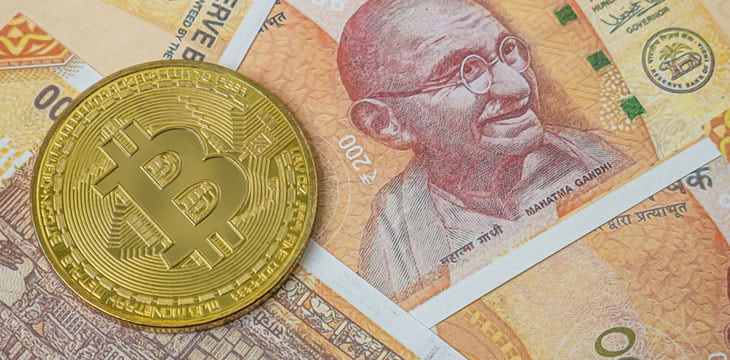|
Getting your Trinity Audio player ready...
|
The Reserve Bank of India (RBI) has indicated an interest in exploring offline payments in its central bank digital currency (CBDC) pilot to broaden use case scenarios.
In an interview with CNBC TV, RBI’s executive Director Ajay Kumar Choudhary disclosed that the central bank would be experimenting with offline payment functionality in the digital rupee. Choudhary stated that since the CBDC will have all features of physical fiat currencies, it must be used for offline payments.
“CBDCs are exchangeable with currency and have all the features of currency. They have all features of physical cash like trust, safety etc. It is aimed to complement, rather than replacing physical currency,” Choudhary said.
The central bank’s executive director did not delve into details of the offline functionality of the digital rupee, leaving enthusiasts to speculate over its design. There is speculation that the RBI’s proposed offline payment functionality could use dedicated hardware that would allow individuals to initiate payments using QR codes or a form of contactless payment.
The Bank of Canada is also exploring a CBDC offline payment functionality, according to an analytical note released in early March, noting that a distinction will be made between intermittent and long-term internet disconnection.
So far, India’s retail CBDC pilot has notched impressive figures, with 50,000 customers and 5,000 merchants being onboarded within three months. Despite the metrics, Choudhary stated that the RBI will not be sitting idly by and will be looking to scale up operations to a million customers.
In the coming weeks, four commercial banks—namely, the State Bank of India, Indian Overseas Bank, Indian Bank, and ICICI Bank—are expected to join the pilot with a planned expansion to more Indian cities. With over 800,000 transactions under its belt, experts are predicting even higher figures for the pilot with the inclusion of offline payment functionalities.
Looking outside India’s borders
Not content with the digital rupee usage in India, the RBI is also considering cross-border payment functionalities for the CBDC. The RBI claims that this feature will foster healthy competition and trigger lower charges among players in the space, with the ultimate winners being consumers.
“Now, we are looking at cross border transactions, linkage with legacy systems of other countries, etc for CBDC,” Choudhary said. “We are eagerly looking forward to private sector and fintechs’ participation in CBDC. We will see their contribution especially on offline and cross border CBDC transactions.”
In February, India and Singapore linked their digital payments systems in a valiant push to enable low-cost fund transfers between countries. Under the partnership, the linkage will allow Indian to transfer and receive up to SG$1,000 (US$743~) per day, a move that could change the payments landscape of Southeast Asia.
To learn more about central bank digital currencies and some of the design decisions that need to be considered when creating and launching it, read nChain’s CBDC playbook.
India will be the biggest blockchain nation in 5 years: IPv6 Forum’s Latif Ladid

 12-28-2025
12-28-2025 




